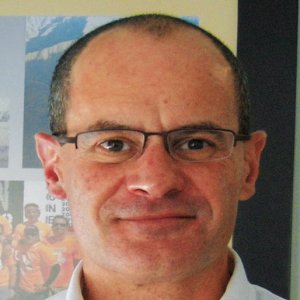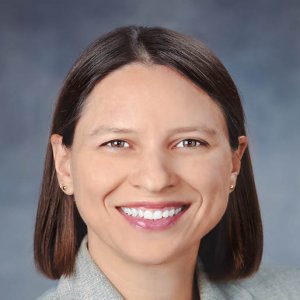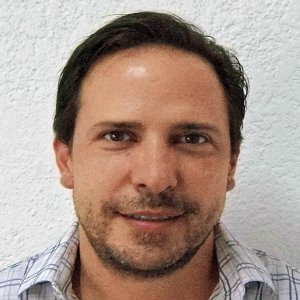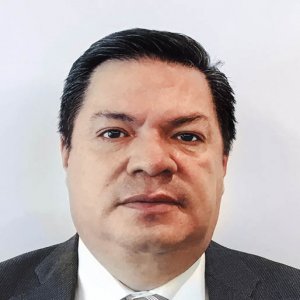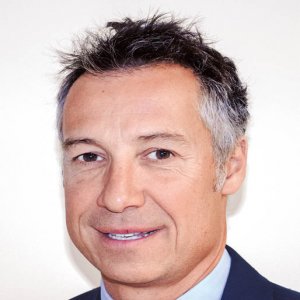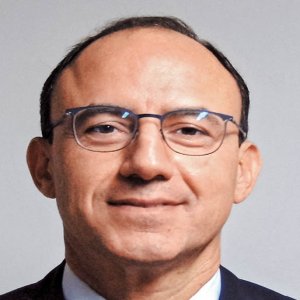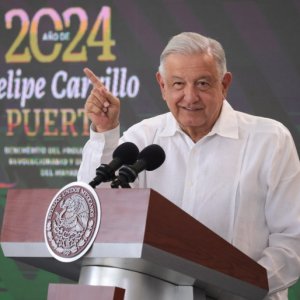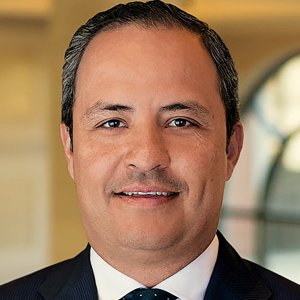Start Early to Prevent Osteoporosis
STORY INLINE POST
After 23 years supporting professionals in the Mexican healthcare system, COMOP continues to invest in research on osteoporosis that could lead to a change of model in the prevention and treatment of chronic diseases. “Our goal is to evolve the high-level training of health professionals. We do not just aim for a scientific proposal but also for an impact on daily life,” says Juan Tamayo, CEO of the Mexican Committee for the Prevention of Osteoporosis (COMOP).
According to the Mexican Association for Bone and Mineral Metabolism (AMMOM), 18 percent of Mexican women and 8 percent of men above the age of 50 suffer from osteoporosis. Data collected by the International Osteoporosis Foundation shows the probabilities of suffering a hip fracture after the age of 50 is one in every 12 women and one in every 20 men. Considering this panorama, COMOP has been working on the development of three lines of research.
The first is to research the results of an ongoing study of mothers and their children started 20 years ago by the National Public Health Institute and the Perinatology Institute. These children, Tamayo explains, were born after less than 38 weeks of gestation, weighed less than 3kg and with a height under 50cm. As such they were more likely to suffer from bad bone health and chronic diseases like diabetes and obesity. In Mexico, the purpose of looking at the results of this study is to gather information on the behavior of the skeletal health of these children as they grew and to determine how lifestyle can influence development. COMOP has allied with other institutions to analyze the data. “We are in contact with Mount Sinai Hospital in New York, the University of Michigan and the University of Toronto. Together, we will collaborate by taking our program to a more operative level to collect information from 100 multidisciplinary centers,” adds Tamayo.
A second line of research has followed 550 children for 15 years who were born with low stature and weak bones due to genetic conditions that make them prone to develop cardiovascular diseases and diabetes. “The purpose of this research is to prevent those children from growing at a low weight and with weak bones by encouraging healthy habits and by providing nutritional supplements. When they reach the age of 20, we will see if this had an impact. If it does, this would be extraordinary because these are measures you can apply to all social sectors,” says Tamayo.
The third line of research focuses on the role of exercise in children born with weak bones and muscles to prevent the development of osteoporosis. Promoting a healthy lifestyle is a national priority since Mexico, according to the WHO, ranks first in childhood obesity, with a penetration of 35 percent in children and in teenagers. As Tamayo explains the bottom line of the three lines of research is to prove that despite the genetic predisposition with which some children are born with, an early intervention of adequate nutrition and exercise leads to strong, tall and healthy children.
xperts believe that osteoporosis originates in the first 1,000 days of life, Tamayo says. “Today, we can identify children who will have weak bones before age of two. ”The research will help COMOP develop a new model of care among health professionals that considers more factors during a child’s growth to create a Big Data-based platform that doctors can use. The objective of creating a program that collects all this data is to create a primary preventive measure for osteoporosis can be applied in the first 40 years of life, says Tamayo. A second prevention wave, he adds, can be carried out between 20 years and the first fracture and consists of applying a combined diagnostic technique of skeletal sonometry and densitometry offered by COMOP’s private brand for the diagnosis of osteoporosis, Oseograph. The third approach is to provide aid in case of a fracture.
COMOP also focuses on promoting research and preserving evidence to develop online training courses to inform and update physicians in new diagnoses and preventive trends. “We need to have credibility, so that those who take courses with us recognize we are training them in something that will help them in practice and that will give them the tools and knowledge necessary to tackle the problem.” Besides COMOP, Tamayo leads Accessalud, an institution dedicated to treating chronic diseases.
